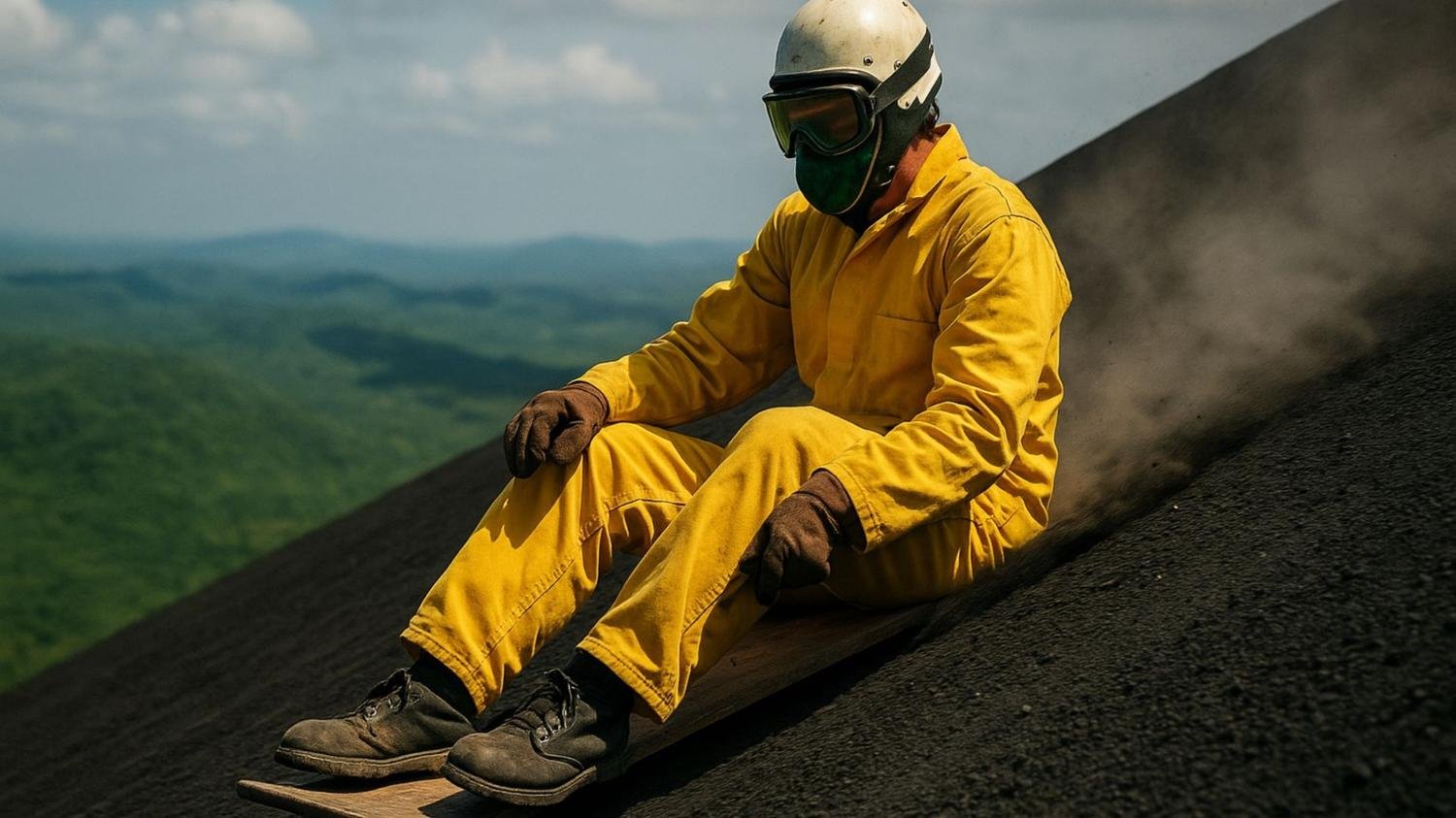Why These Lesser-Known Extreme Sports Deserve Your Attention
Extreme sports don’t always have to involve jumping out of planes or free-climbing massive cliffs. Some of the most thrilling adventures happen closer to the ground, yet they still deliver that heart-pounding rush adrenaline junkies crave. These lesser-known extreme sports offer the perfect blend of excitement and accessibility, making them ideal for adventure seekers who want something unique without the extreme danger factor.
What Makes These Sports Worth Checking Out
Unlike mainstream extreme sports that require years of training and significant financial investment, these activities welcome beginners with open arms. Professional guides, proper safety equipment, and established tour operators make these seemingly wild adventures surprisingly approachable. Plus, they often take place in stunning natural settings that double as incredible travel destinations.
Here’s 5 Lesser-Known Extreme Sports and Where to Try Them Safely
1. Volcano Boarding – Cerro Negro, Nicaragua

The Ultimate Natural Sledding Experience
Picture this: surfing down the side of an active volcano on a specially designed board, reaching speeds up to 50 mph while volcanic ash kicks up around you. Volcano boarding transforms the slopes of Cerro Negro, one of Central America’s youngest and most active volcanoes, into nature’s most extreme playground.
Why This Activity Rocks
Cerro Negro stands as the only place in the world where volcano boarding is possible, making this a truly once-in-a-lifetime experience. The volcano’s unique black sand composition creates the perfect surface for boarding, and the 2,388-foot summit offers breathtaking panoramic views of the Nicaraguan landscape before the descent begins.
Safety and Highlights
Professional tour operators provide all necessary safety gear, including protective suits, goggles, and specially designed boards. The hike to the summit takes about 45 minutes, giving participants time to acclimate and receive thorough safety briefings. Most tours also include visits to nearby attractions like the colonial city of León, making it a well-rounded adventure package.
2. Coasteering – Pembrokeshire (Wales, UK) / Algarve (Portugal)
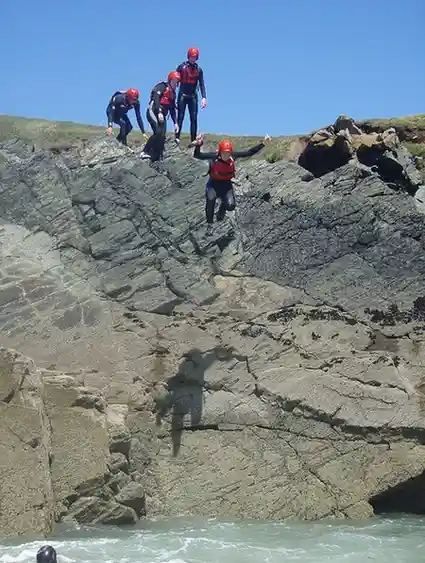
Rocky Coast Navigation at Its Finest
Coasteering combines rock climbing, cliff jumping, swimming, and scrambling along rugged coastlines. This activity transforms dramatic rocky shores into an adventure playground where participants navigate the coastline using whatever means necessary – sometimes climbing over rocks, other times swimming through natural pools, and occasionally taking the plunge from safe cliff heights.
What Makes This Sport Special
The sport originated in Pembrokeshire, Wales, where the dramatic coastline provides endless opportunities for exploration. Portugal’s Algarve region offers warmer waters and equally stunning rock formations. Both locations feature professional guides who know every safe jumping spot, hidden cave, and secret swimming hole along their respective coasts.
Highlights and Safety Measures
Participants wear high-quality wetsuits, helmets, and buoyancy aids throughout the adventure. Certified instructors assess water conditions, tide schedules, and individual skill levels before each session. The activity scales perfectly from gentle exploration for beginners to challenging routes for experienced adventurers, ensuring everyone finds their comfort zone.
3. Ice Canyoning – Interlaken (Switzerland) / Ouray (Colorado, USA)
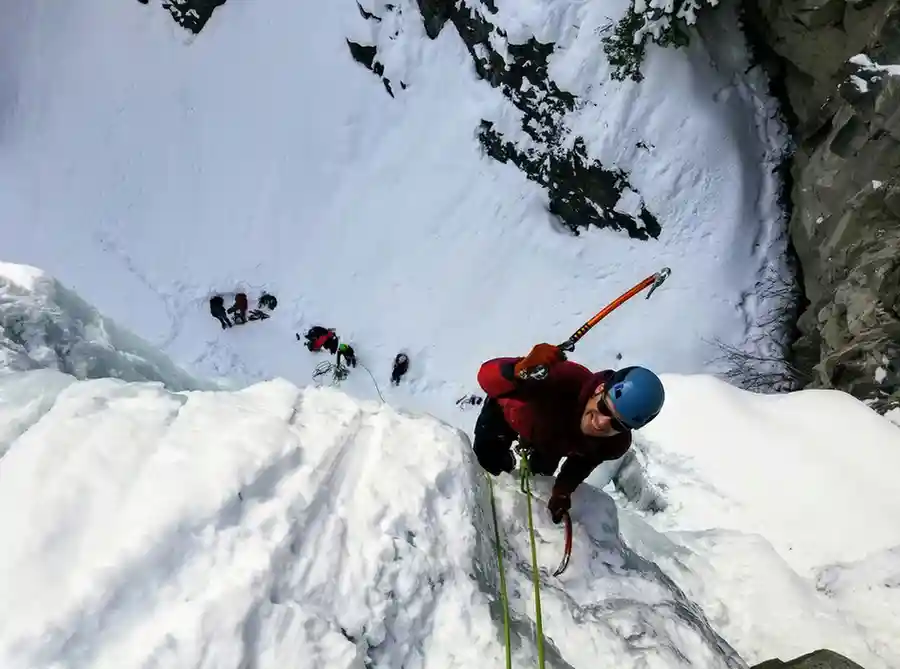
Winter Wonderland Adventure Redefined
Ice canyoning takes traditional canyon exploration and adds a frozen twist. Participants navigate through ice-covered gorges, abseil down frozen waterfalls, and traverse icy terrain using specialized equipment. The sport combines elements of ice climbing, canyoning, and mountaineering into one unforgettable winter adventure.
Why Ice Canyoning Captivates Adventurers
Switzerland’s Interlaken region transforms into a frozen wonderland during winter months, with numerous gorges and waterfalls creating natural ice climbing routes. Colorado’s Ouray Ice Park offers a more controlled environment with artificial ice formations, making it perfect for beginners. Both locations provide stunning winter scenery that photographs beautifully.
Safety Protocols and Experience Highlights
Professional guides provide comprehensive training on ice axe techniques, crampon usage, and rope work before venturing into icy terrain. All participants receive insulated drysuits, helmets, and specialized ice climbing gear. Tours typically last 4-6 hours and include warm refreshments to keep energy levels high throughout the adventure.
4. Zorbing/Sphereing – Rotorua (New Zealand) / Amesbury (USA)
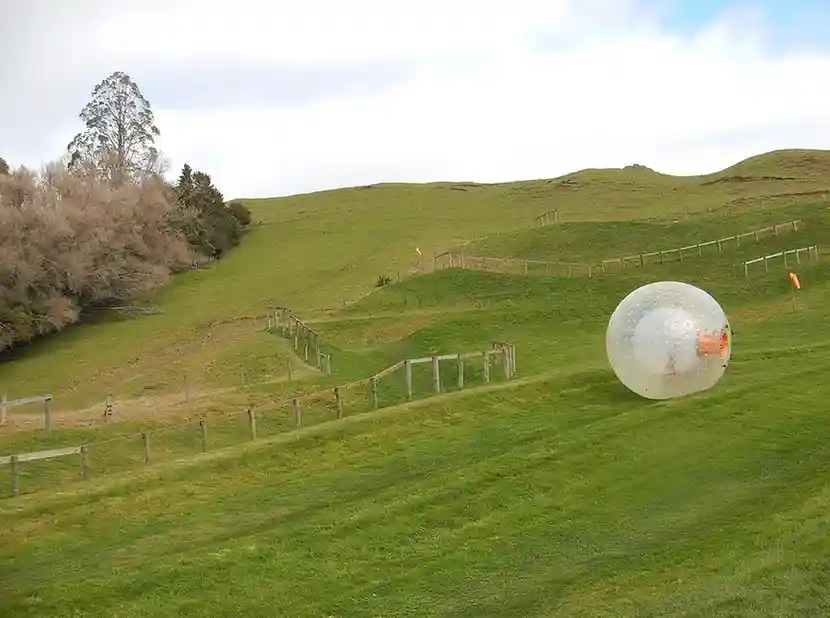
Rolling Downhill Inside a Giant Ball
Zorbing involves climbing inside a large, transparent inflatable ball and rolling downhill, either strapped in or free-floating with water inside the sphere. This quirky extreme sport delivers surprisingly intense thrills as participants tumble and spin while gaining momentum down specially designed tracks.
The Appeal of This Unique Activity
New Zealand’s Rotorua region, where zorbing was invented, offers multiple track options including straight runs, zigzag courses, and water-filled variants. Amesbury’s location provides similar thrills with additional seasonal variations. The sport appeals to all ages and fitness levels, making it perfect for families or groups with varying adventure preferences.
Safety Features and What to Expect
Zorbing spheres feature multiple air chambers for redundancy, and tracks are carefully designed with safety barriers and gradual stopping zones. Operators conduct thorough safety briefings and equipment checks before each run. Most facilities offer both “dry” zorbing with harnesses and “wet” zorbing with water for different experience levels.
5. Freshwater Cave Diving – Yucatan Peninsula (Mexico)
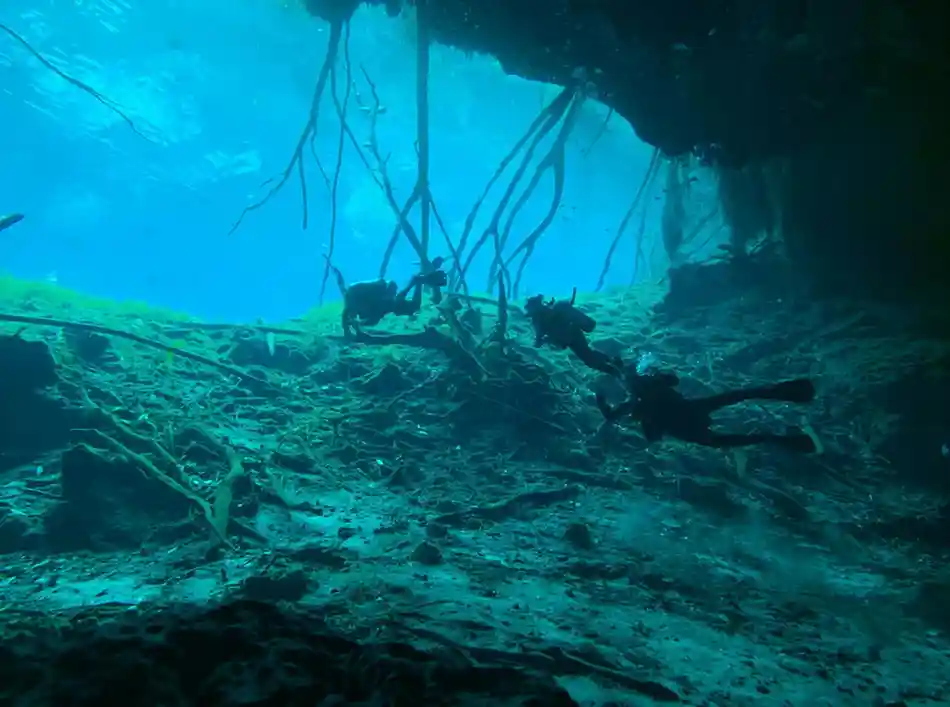
Underwater Cave Exploration Excellence
The Yucatan Peninsula’s extensive cenote system creates perfect conditions for freshwater cave diving. These natural sinkholes filled with crystal-clear freshwater offer visibility exceeding 100 feet, allowing divers to explore stunning underground formations, stalactites, and unique geological features found nowhere else on Earth.
What Sets This Diving Apart
Unlike traditional ocean diving, cenote diving offers incredibly clear water, stable temperatures year-round, and breathtaking light effects as sunbeams filter through underwater openings. The Yucatan’s cenotes range from beginner-friendly caverns to advanced cave systems, accommodating various skill levels and certification requirements.
Safety Standards and Adventure Highlights
All cenote diving operations require certified dive masters familiar with cave diving protocols. Participants must hold appropriate diving certifications, and guides provide specialized cave diving equipment including powerful underwater lights and safety lines. The experience often includes cultural elements, as many cenotes hold significant archaeological and spiritual importance to Mayan culture.
Final Thoughts on Extreme Sports Adventures
These five extreme sports prove that incredible adventures don’t require extreme risks when proper precautions are in place. Each activity offers unique thrills while maintaining reasonable safety standards through professional operators, quality equipment, and experienced guides. Whether seeking the volcanic slopes of Nicaragua or the crystal-clear waters of Mexican cenotes, these lesser-known extreme sports provide unforgettable experiences that combine natural beauty with heart-pumping excitement.
The key to enjoying these activities safely lies in choosing reputable operators, following all safety guidelines, and being honest about personal skill levels. With proper preparation and realistic expectations, these extreme sports offer the perfect gateway to adventure travel that creates lasting memories without unnecessary risks.
Also read: 5 Best Offbeat Places in the World for Stargazing

